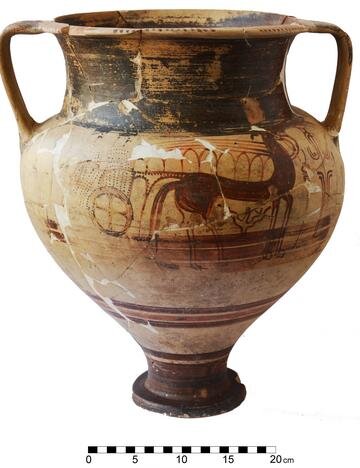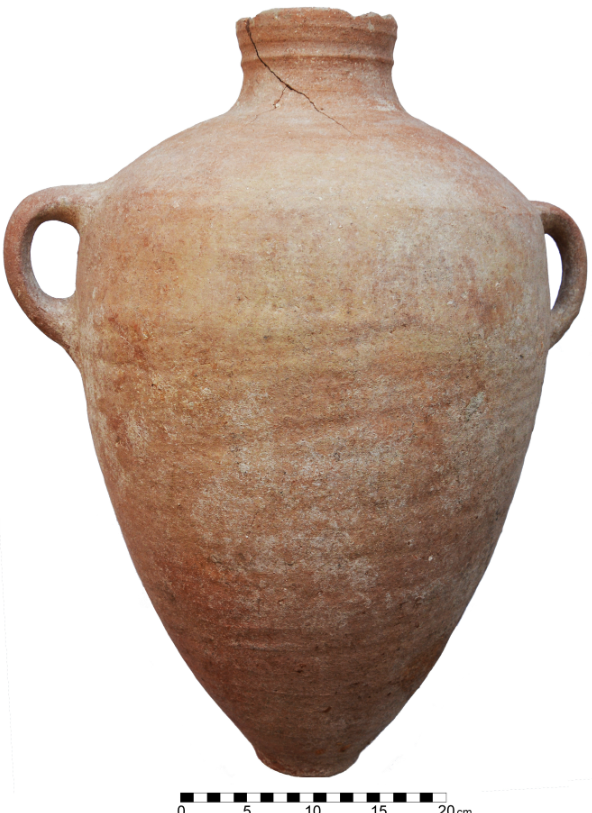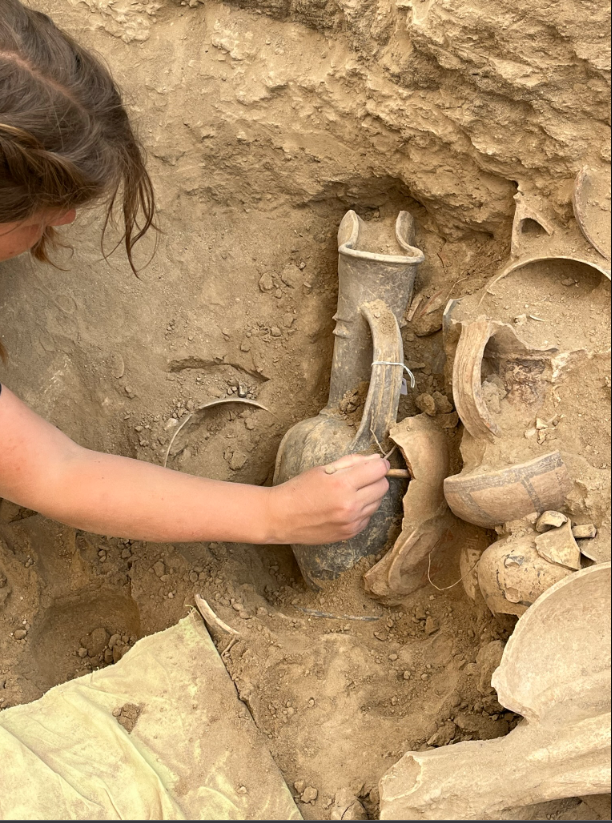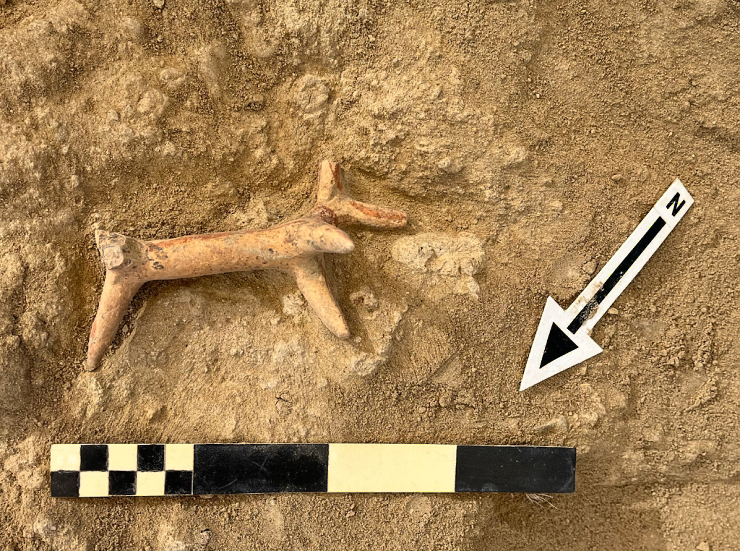

 👍👍👍
👍👍👍
Extremely rich Bronze Age tombs have been discovered in Cyprus
Categories: Nálezy nejenom s detektorem v západní Evropě
In the ancient city of Dromolaxia Vizatzia on the southeast coast of Cyprus, luxurious Bronze Age tombs have been discovered - probably belonging to the city's ruling elite. These are some of the richest Bronze Age tombs ever found in the Mediterranean.
Dromolaxia Vizatzia was a Late Bronze Age port city on the shores of the Larnaca Salt Lake. It was at its height between 1630 and 1150 BC. There were important copper ore mines in the nearby Troodos Mountains. Between 1500 and 1300 BC, the city prospered as a major centre for copper refining and export.
An archaeological expedition from the University of Gothenburg recently discovered tombs here. They are among the richest ever found in the Mediterranean region: "Given the richness of the grave goods, it is reasonable to assume that these were royal tombs, although we do not know much about the form of government that was practised in the city at the time. Those buried here were undoubtedly part of the city administration," explained Peter Fischer, professor of archaeology and leader of the Swedish expedition.
The tombs, the largest of which measured 5 m x 4 m, were found in Area A in a necropolis just outside the perimeter of the former 50-hectare city. Pottery broken by agricultural ploughing was repeatedly found here, leading archaeologists to scan the site with a magnetometer. The resulting map showed large cavities one to two metres below the surface.
The excavation revealed three chambered tombs dating from the 14th century BC. One had been looted, probably in the 19th century, suffering extensive damage to grave goods as well as human remains. The scattered bones were collected for conservation and study. Archaeologists have also recovered jewellery remains and fragments of imported pottery from Mycenaean cultures of the Aegean, Egypt and Anatolia.
However, two other tombs were never looted, although their chambers collapsed in antiquity. In them, archaeologists found over 500 artifacts, including local pottery, jewelry, daggers, knives, spearheads, or imported pottery and decorative ornaments from the Aegean, Anatolia, Egypt, and the Levant. Imported luxury items made up about half of all artifacts and came from even further afield: for example, amber from the Baltic Sea, lapis lazuli from Afghanistan, and deep red carnelian from India.
Among the few preserved skeletons was a woman surrounded by dozens of ceramic vessels and jewelry. She was carrying a polished bronze mirror. Next to her lay a one-year-old child with a ceramic toy. "Some of the men and women wore tiaras, others wore necklaces with pendants of the highest quality. They were probably made in Egypt during the 18th Dynasty at the time of such pharaohs as Thutmose III and Amenhotep IV (Akhenaten) and his wife Nefertiti," added Fisher.
The diadems are decorated with embossed images of bulls, gazelles, lions and flowers. Most of the ceramic vessels originated in what is now Greece. There are also vessels from Turkey, Syria, Palestine and Egypt. The grave goods also included bronze weapons, some inlaid with ivory, and a hematite seal in a gold frame with inscriptions of gods and rulers.
Roman Němec
Sources: arkeonews.com, phys.org

One of the skeletons with tomb offerings, circa 1350 BC.

detail of a bull's diadem

A large Mycenaean krater, circa 1350 BC.

large Cypriot jug

Mycenaean krater - octopus

large storage jar from Palestine

Mycenaean cup

excavation - Cypriot jug

Mycenaean horse figurine
The article is included in categories:






